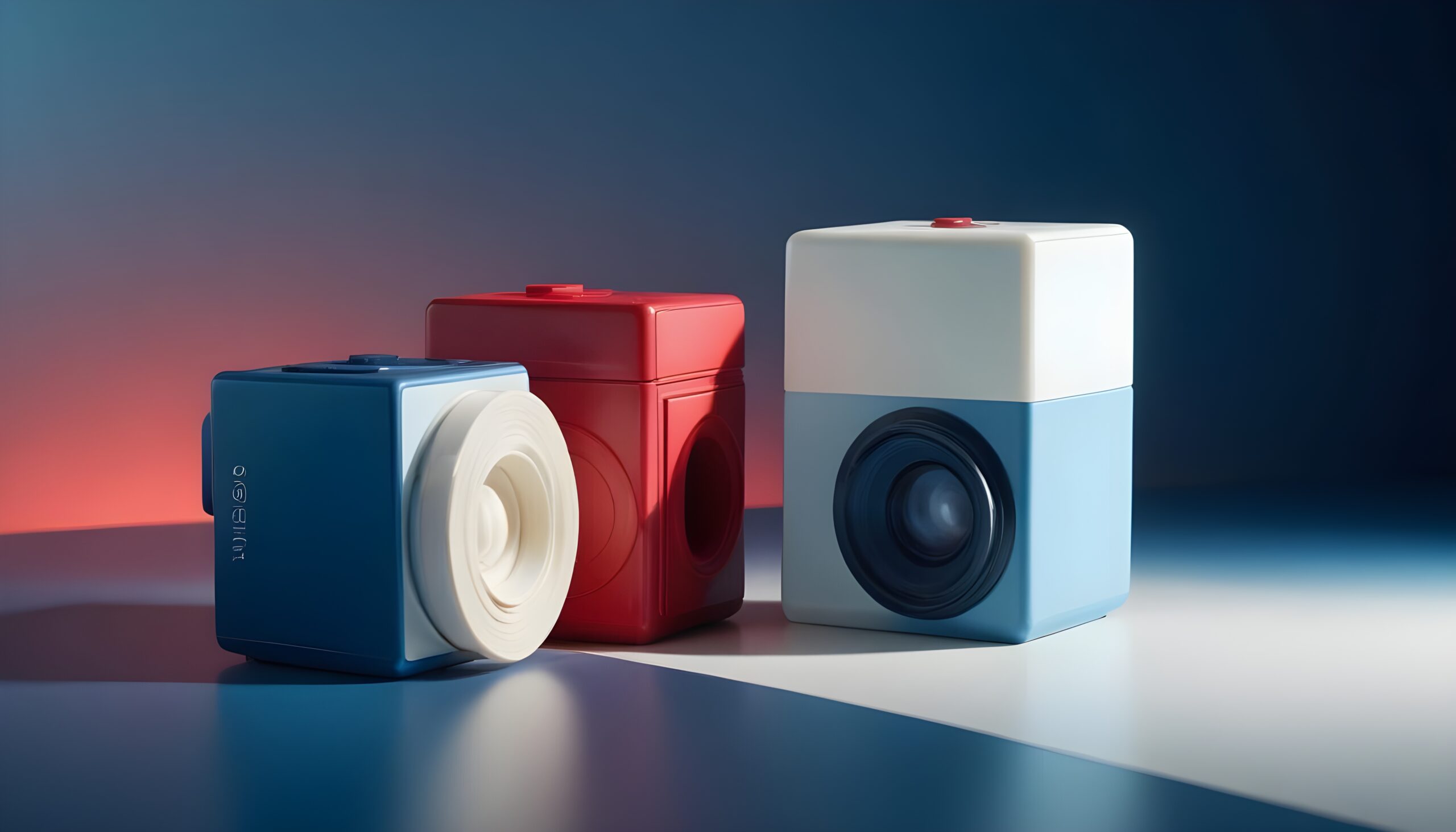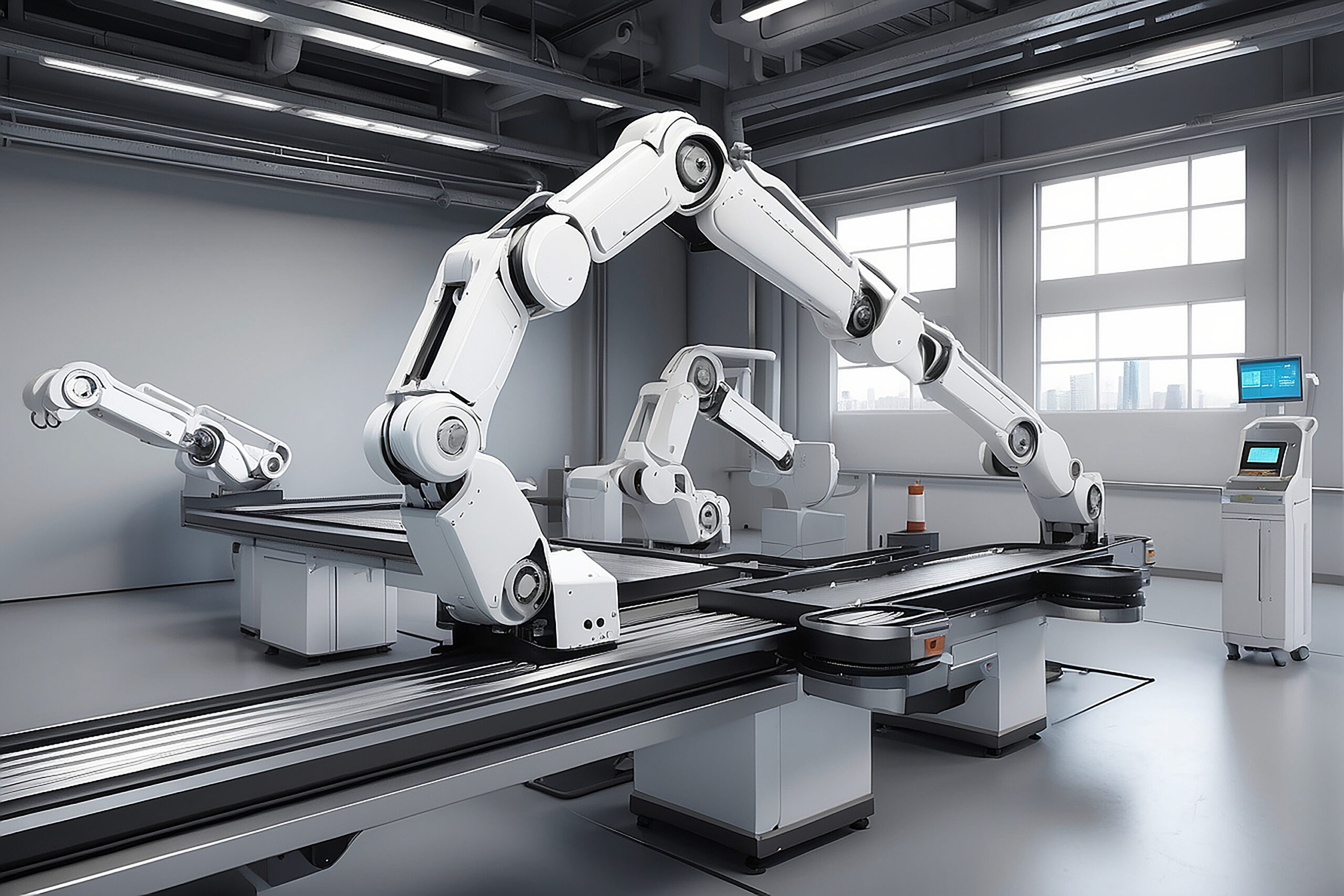Choosing between product photography and 3D rendering usually hinges on cost, scalability, and technical accuracy. Product photography tends to be costly and might not always capture intricate details accurately, whereas 3D product images provide a more scalable and cost-effective solution with precise control over product visualization.
Ultimately, the decision rests on a brand’s financial forecast, objectives, and overall content requirements. In this article, we’ll explore the difference between 3D rendering and product photography, helping you determine the best option for your needs.

Advantages of Product Photography
Product photography, a proven method for presenting products, provides numerous benefits:
Detailed Representation
Product photography can authentically capture real-world textures, lighting, and imperfections, essential elements that enhance a product’s authenticity and appeal.
Short-Term Fiscal Efficiency
Product photography and rendering can be a pragmatic and economical choice for brands with limited content requirements, as it eliminates the need to develop 3D models from Scratch.- However, it’s important for these brands to meticulously evaluate their future content demands, as the scalability constraints of product photography might become evident as their visual content needs grow or transform over time.
Quickness
Setting up and doing 3D or 4D product photography and rendering is sometimes faster, especially for small projects. This quickness is helpful when not much time is available, which can be important for brands with a time crunch.
Established Medium
Product photography has a longstanding reputation as a trusted and widely used medium in advertising and e-commerce. Its established status stems from its consistent ability to showcase products effectively and visually appealingly. Over the years, consumers have grown accustomed to seeing high-quality product images in advertisements, online stores, and marketing materials.
Cost-Saving
Product photography can be a smart and budget-friendly choice for brands with simple content needs since it avoids building 3D models. Yet, these brands need to think ahead about their future content needs. As their visual content demands increase or change, they might find that product photography also doesn’t scale.

Disadvantages of the Product Rendering
Restricted Versatility
Making any alterations or updates after finishing a product photo shoot requires extra time and money. This lack of adaptability can pose challenges, particularly for brands with frequently changing product ranges or seasonal marketing campaigns.
Time-consuming Activity
Enhancing and refining product photographs through editing and retouching can be labor-intensive, often demanding substantial post-production efforts to attain the desired outcomes. Acknowledging these constraints, businesses increasingly embrace 3D rendering as a streamlined and adaptable solution.
Limited Scalability
Scaling content marketing with product photography has challenges, especially when numerous product photos are needed for various branding, advertising, and social media initiatives. Each change or variation in a product, like color, size, or design, requires a new photoshoot, limiting scalability to accommodate a growing product catalog or evolving market trends. This can result in delays, higher costs, and difficulties consistently providing the quantity and variety of visual assets crucial for effective digital marketing in today’s content-driven environment.
Logistic
Managing logistics for multiple photoshoots and storing physical product samples can be a logistical challenge, especially for businesses with vast product lines.
Restricted Flexibility
After completing a product photoshoot, alterations or modifications incur additional time and expenses. This lack of flexibility can pose challenges, particularly for brands with rapidly changing product lines or seasonal promotions.
Advantages of the 3D Rendering Images Vs Product photography.
3D product rendering brings many advantages that can transform visual content marketing for businesses, particularly those seeking efficient scalability.
Enhanced Visual Realism
Advanced 3D rendering techniques help businesses capture small details of the product. 3D software gives much control over various aspects of the production, like design, textures, light, environments, etc. This helps experienced artists create stunning 3D Visuals of the product with minute detailing.
Flexibility and Customization
3D rendering offers unparalleled flexibility, enabling easy adjustments to product attributes such as color, size, and design without needing multiple photoshoots. With advanced rendering technology, you can change the 3D environment of the product according to your needs
Scalability
3D rendering is easily scalable, making it ideal for businesses with large product catalogs or those undergoing frequent product changes. New variations can be generated quickly and efficiently, which is important for businesses with a wide range of products.
Creative Freedom
With 3D rendering, there are virtually no limits to creativity. This allows for imaginative and unique product presentations that capture consumer attention and differentiate brands. 3D rendering models can also be used to create 3D videos.
Cost-effective
Once 3D models are created, they can be reused and modified at minimal cost and time, reducing the expenses associated with traditional product photography and allowing for quicker turnaround times.
Factors to Consider When Choosing Between Product Rendering vs Product Photography
Choosing between product rendering and product photography depends on cost, flexibility, realism, and marketing needs. While rendering offers scalability and customization, photography provides authenticity and organic appeal. Understanding key factors like turnaround time, scalability, and product complexity helps businesses select the best approach to showcase their products effectively and efficiently.
Cost Efficiency
Product Rendering: 3D rendering is generally more cost-effective in the long run, especially when producing multiple variations of a product. There is no need for physical prototypes, professional photographers, or costly studio setups. Once a 3D model is created, it can be used indefinitely for different scenes, angles, or even marketing campaigns.
Product Photography: Traditional product photography involves hiring a photographer, setting up a studio, purchasing props, and arranging lighting, which can be expensive. Additionally, if multiple product variations (such as different colors or textures) are required, separate photoshoots may be needed, further increasing costs.
Read more about 3D Product Rendering can boost your conversion rate
Flexibility & Customization
Product Rendering: Offers almost unlimited creative flexibility. Products can be modified, repositioned, or placed in different environments without the need for reshooting. You can adjust lighting, textures, and colors effortlessly. This is particularly useful when showcasing customizable products, such as furniture with multiple fabric choices or electronic devices in various finishes.
Product Photography: While some degree of customization is possible through retouching, major changes (e.g., changing product color or material) require reshooting, which can be time-consuming and costly.
Realism vs. Creative Control
Photography : captures authentic lighting, textures, and imperfections, making it ideal for realism and organic appeal. However, it offers limited flexibility for modifications.
Rendering : on the other hand, allows full creative control, enabling customizable lighting, environments, and product variations, though achieving photorealism requires expertise in CGI techniques.
Time & Production Speed
Product Rendering: Once a 3D model is created, generating multiple views, colors, or modifications is quick and efficient. Rendering eliminates the need for physical prototypes, shipping, and reshoots, making it ideal for fast-paced production and last-minute changes.
Product Photography: Requires physical product availability, studio setup, and post-production editing, leading to a longer turnaround. Any changes, such as new angles or color variations, often require reshooting, increasing time and effort.
Scalability & Adaptability
Product Rendering: Highly scalable, as once a 3D model is created, it can be easily adapted for multiple variations, angles, and marketing materials. Updates like new colors, textures, or environments can be made without reshooting, making it ideal for large product catalogs and frequent design changes.
Product Photography: Less scalable, as each new variation requires a separate photoshoot, increasing time and costs. Adapting images for different settings or marketing needs often involves additional editing or retakes, making it less flexible for rapidly evolving product lines.
In today’s dynamic visual content marketing landscape, businesses must evolve and innovate to maintain competitiveness. With 75% of online shoppers relying on product images for purchase decisions, captivating visuals are paramount.
Read more about Maximize E-Commerce Impact with Product Rendering on Amazon
While traditional product photography has its advantages, 3D rendering presents a cost-effective and flexible alternative that empowers businesses to scale their visual content marketing endeavors efficiently.
Embracing product photography and rendering enables brands to build an extensive library of 3D models, serving as the cornerstone for diverse marketing visuals. From top-notch product imagery to interactive AR experiences, 3D rendering unleashes endless avenues for creativity and personalization. Contact us today to help determine if product photography or rendering is right for you!





